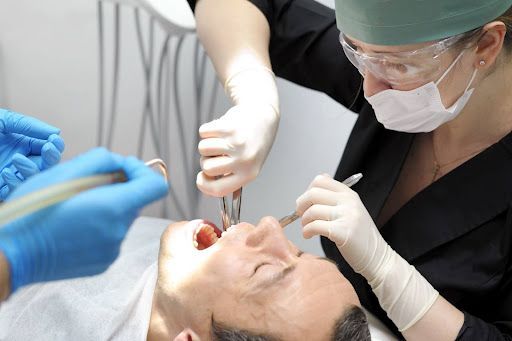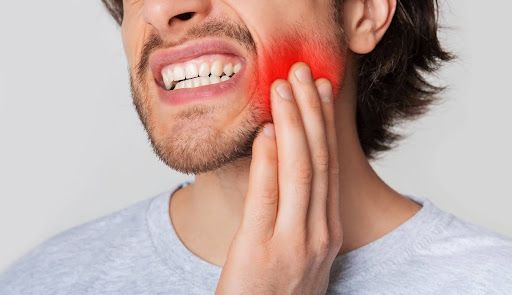Dental Insurance: An Overview
January 29, 2014
Usual and Customary
When looking at your dental insurance coverage, there is usually a breakdown of coverage into different percentages. The thing to remember is that you are not covered at that percentage of the dentist fees, but instead, you are covered at that percentage of the insurance company’s usual and customary fees. The insurance company uses different surveys to determine their usual and customary fee. These surveys may be of dentists over the whole country or of dentists in your particular area.
Depending on what data the insurance company uses for the survey, the fees that they deem ‘usual and customary’ may be either equal to your dentist’s fees, or lower. In some cases, the usual and customary fees are much lower than your dentist’s fees.
Here is an example of what the insurance breakdown would look like if your dentist charges $100 for a prophy and insurance has a usual and customary fee of $90 and coverage of 90%:
Deductibles & Maximums
Deductibles and maximums are defined by your insurance plans. Deductibles may be as low as $25 for dental insurance. Some insurance plans do not apply the deductible to preventative care – such as your routine hygiene appointment. In this case, the deductible is instead applied to any basic or major treatment that you need.
All dental insurance plans have a maximum benefit. This benefit defines the maximum dollar amount that your insurance will pay for your dental care during your coverage year. At the end of your annual coverage year, you lose any remaining benefits and your maximum is reset. Often a coverage year is the same as a calendar year, but not always. It is best to read through your benefits so that you are aware of your maximum and your coverage year. This will allow you to schedule your treatment in order maximize your insurance benefits.
Frequency Limitations
Dental insurance plans have frequency limitations for different procedures. Some examples of insurance frequency limitations are: one prophylaxis (dental cleaning) every 6 months, one panoramic x-ray every 3 years, one set of bitewings every 12 months. In the case of prophylaxes, sometimes insurance plans change the frequency limitations and state that a prophylaxis is limited to two during one calendar year. In this case, you may have two cleanings throughout the year, no matter how far apart. It is important to pay attention to frequency limitations, especially when scheduling your hygiene appointments. At our Evanston dentist office, we try to schedule everyone 6 months and one day from their last cleaning to avoid any issues with frequency limitations. If a patient asks to schedule earlier, we will do so, but recommend that they contact their insurance company to make sure they will be covered. Reading through your insurance plan to learn your frequency limitations as well as any treatment limitations will help you avoid losing insurance dollars.
Alternate Benefits
Some insurance plans consider tooth colored restorations on your posterior (back) teeth to be cosmetic. If this is the case, your insurance may choose to cover the treatment at an alternate lower benefit. In some cases your insurance may choose not to cover it at all.
Here is an example of an alternate benefit: you have a porcelain/ceramic crown done on a molar. Your insurance company deems this treatment to be cosmetic and instead pays for the crown as if it was a porcelain over metal crown. The benefits would be determined using the usual and customary fee for the porcelain over metal crown instead of the fee for a porcelain/ceramic crown.
By reading through your insurance benefits and understanding if they have alternate benefits or if the deny coverage for procedures; you will be able to save yourself from having to pay out of pocket for treatment.
Orthodontic Benefits
For most people there are a variety of different orthodontic benefits available through your insurance. In some cases, these benefits are only available for patients under the age of 18. Often adult orthodontic benefits are covered only once in a lifetime. If you are unsure of your orthodontic benefits, the dentists at our Evanston office would be happy to submit a treatment plan to your insurance to find out what your coverage. Alternately, you can contact your insurance company directly to learn more about your benefits.
Dental insurance can be confusing, but it doesn’t have to be. Your insurance plan is a contract between you and your insurance company. Read through your benefits to make sure you understand what you are paying for. If you have any questions about your coverage, do not hesitate to bring your questions to our team. As always we are happy to submit any recommended treatment to your insurance for a pre-treatment estimate so that you may understand your coverage before you get started.
The post Dental Insurance: An Overview appeared first on Stephens Dentistry.







